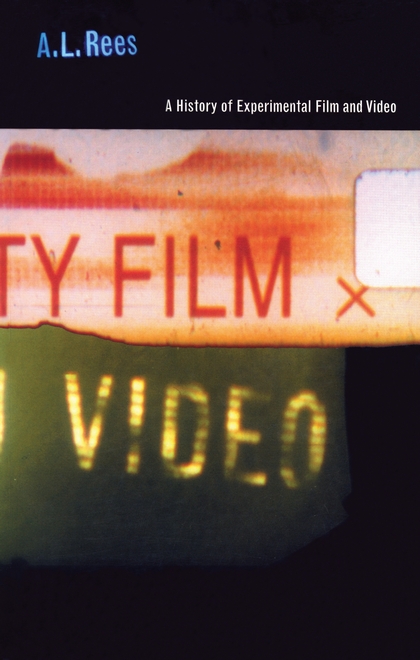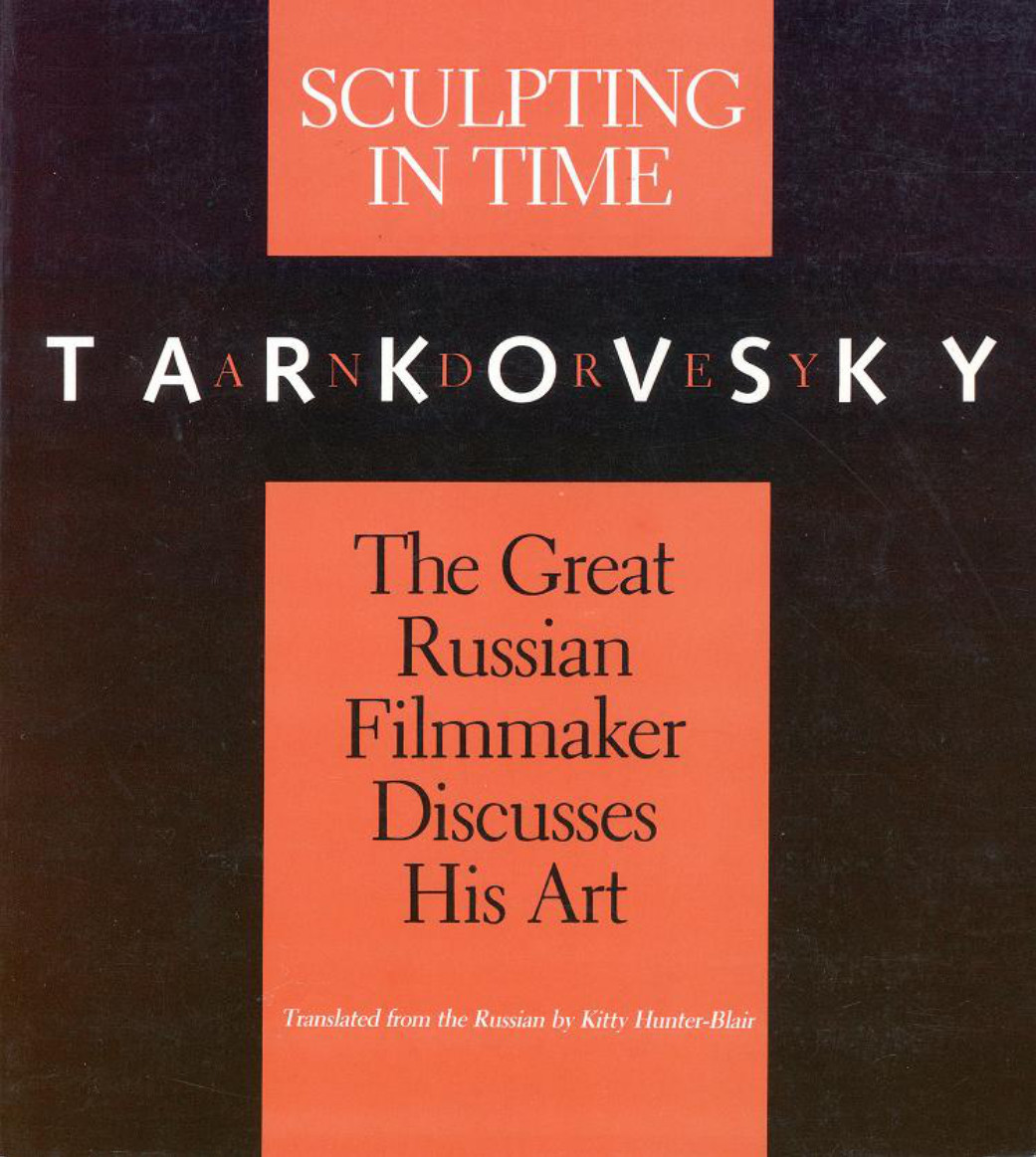A. L. Rees: A History of Experimental Film and Video: From Canonical Avant-garde to Contemporary British Practice (1999)
Filed under book | Tags: · avant-garde, cinema, experimental film, film, film criticism, film history, united kingdom, video art

“Avant-garde film is almost indefinable. It is in a constant state of change and redefinition. In this book A.L. Rees tracks the movement of the film avant-garde between, on the one hand, the cinema, and, on the other hand, modern art (with its post-modern coda). But he also reconstitutes the film avant-garde as an independent form of art practice with its own internal logic and aesthetic discourse.
This is the first major history of avant-garde film and video to be published in more than twenty years. Ranging from Cezanne and dada, via Cocteau, Brakhage and Le Grice, to the new wave of British video artists in the 90s, this remarkable study will introduce a generation of new readers to avant-garde film as well as provoking students and specialists to further reflection and debate.”
Publisher BFI Publishing, London, 1999
ISBN 0851706843, 9780851706849
viii+152+[32] pages
Interview with author: LUX (2011).
Reviews: Felicity Sparrow (Vertigo, 1999), Alexander Graf (MedienWissenschaft, 2000), Felicity J Colman (Viewfinder, c.2011).
PDF (4 MB, updated on 2021-2-8 via esco_bar)
Comments (2)Andrey Tarkovsky: Sculpting in Time: Reflections on the Cinema (1986–) [EN, BR-PT]
Filed under book | Tags: · cinema, film, film history, film theory

“Andrey Tarkovsky, the genius of modern Russian cinema—hailed by Ingmar Bergman as “the most important director of our time”—died an exile in Paris in December 1986. In Sculpting in Time, he has left his artistic testament, a remarkable revelation of both his life and work. Since Ivan’s Childhood won the Golden Lion at the Venice Film Festival in 1962, the visionary quality and totally original and haunting imagery of Tarkovsky’s films have captivated serious movie audiences all over the world, who see in his work a continuation of the great literary traditions of nineteenth-century Russia. Many critics have tried to interpret his intensely personal vision, but he himself always remained inaccessible.
In Sculpting in Time, Tarkovsky sets down his thoughts and his memories, revealing for the first time the original inspirations for his extraordinary films—Ivan’s Childhood, Andrey Rublyov, Solaris, The Mirror, Stalker, Nostalgia, and The Sacrifice. He discusses their history and his methods of work, he explores the many problems of visual creativity, and he sets forth the deeply autobiographical content of part of his oeuvre—most fascinatingly in The Mirror and Nostalgia. The closing chapter on The Sacrifice, dictated in the last weeks of Tarkovsky’s life, makes the book essential reading for those who already know or who are just discovering his magnificent work.”
Originally published in German, 1986.
Translated from the Russian by Kitty Hunter-Blair
Publisher University of Texas Press, 1987
ISBN 0292776241, 9780292776241
254 pages
Keywords and phrases
Andrey Rublyov, Ivan’s Childhood, Arseniy Tarkovsky, Andrey Tarkovsky, Margarita Terekhova, mise en scene, film director, Gorchakov, Solaris, actor, Vadim Yusov, Stalker, Donatas Banionis, Lev Tolstoy, Dostoievsky, Sergey Gerasimov, Thomas Mann, Paul Valery, Electronic music, Nostalgia
Sculpting in Time (English, 1987, updated on 2013-1-21)
Esculpir o tempo (BR-Portuguese, trans. Jefferson Luiz Camargo, 2nd ed., 1990/1998, added on 2017-9-7)
Sean Cubitt: The Cinema Effect (2004)
Filed under book | Tags: · cinema, digital cinema, film, film history, film theory, image, post-cinema

“It has been said that all cinema is a special effect. In this highly original examination of time in film Sean Cubitt tries to get at the root of the uncanny effect produced by images and sounds that don’t quite align with reality. What is it that cinema does? Cubitt proposes a history of images in motion from a digital perspective, for a digital audience.
From the viewpoint of art history, an image is discrete, still. How can a moving image–constructed from countless constituent images–even be considered an image? And where in time is an image in motion located? Cubitt traces the complementary histories of two forms of the image/motion relationship–the stillness of the image combined with the motion of the body (exemplified by what Cubitt calls the “protocinema of railway travel”) and the movement of the image combined with the stillness of the body (exemplified by melodrama and the magic lantern). He argues that the magic of cinema arises from the intertwining relations between different kinds of movement, different kinds of time, and different kinds of space.
He begins with a discussion of “pioneer cinema,” focusing on the contributions of French cinematic pioneers in the late nineteenth and early twentieth centuries. He then examines the sound cinema of the 1930s, examining film effects in works by Eisenstein, Jean Renoir, and Hollywood’s RKO studio. Finally he considers what he calls “post cinema,” examining the postwar development of the “spatialization” of time through slow motion, freeze-frame, and steadi-cam techniques. Students of film will find Cubitt’s analyses of noncanonical films like Sam Peckinpah’s Pat Garrett and Billy the Kid as enlightening as his fresh takes on such classics as Renoir’s Rules of the Game.”
Publisher MIT Press, 2004
ISBN 0262033127, 9780262033121
456 pages
PDF (updated on 2021-1-29)
Comment (0)
